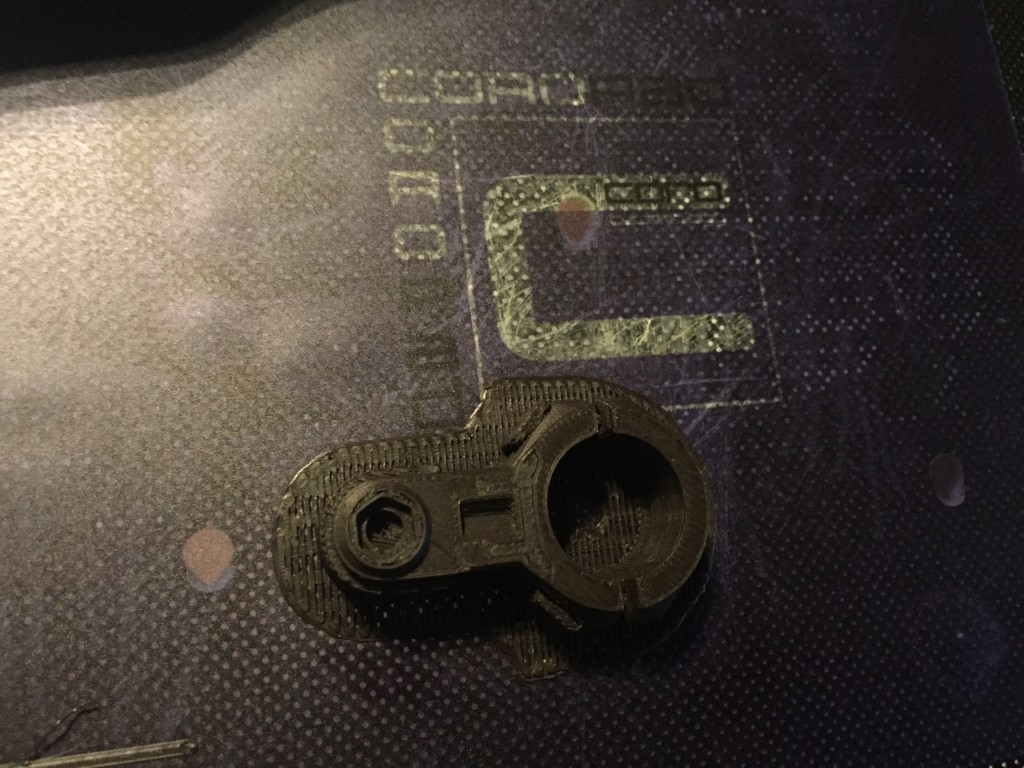Although they had launched their 3D printer back in 2014, we have never covered Poland-based CORO Technologies on 3DPI in the past. They built the Roller Printer delta system (a new version is on the way soon) and they offer the custom-built Othie range of cartesian 3D printers. However, as I often suggest, one way to draw attention in the crowded desktop 3D printer market is to offer something that no one else (or, at least, very few other companies) offer. For CORO Technologies, that something is the COROPad, a specialty adhesive pad for FFF/FDM 3D printers.
I had never used a custom pad on a 3D print, but I did so after CORO Tech’s Tomasz Kielbasa offered to send me a few to test out. Even then it took me some time to actually use it, as I generally tend to rely on whatever system the 3D printer manufacturers offer integrated into their machine. When I finally was able to try it out, I have to admit I regret not having done so much earlier, especially when trying to work on some larger size prints.
COROPad ensures the correct adhesion for the first layer, thus preventing the prints from detaching. It works great with most commonly used materials, such as ABS or PLA. High-temperature glue and the correct stiffness of the pad allow for a very simple implementation. All you need to do is to de-grease the bed and stick the pad onto it. The entire procedure takes 30 seconds at most.
The price of the pad alone – starting at €2.23 (tax included) for the smaller 100 x 100 mm size pad – can be compensated by the fewer number of failed prints, especially if you work on larges size ABS parts. It is available in 10 sizes (100×100, 140×140, 165×165, 202×202, 165×255, 165×285, 202×255, 255×255, 300×300, and 400×400 mm) and 5 colour options, also offered as six packs. The COROPad’s shape can be easily adjusted with scissors. Pads come in shades of, gray, navy blue, purple and sea, all with a degree of transparency, so that the bed underneath is still visible.

I tested it on the Afinia H800, which – like the Zortrax M200 – uses a metal plate with many little holes. These holes help to make the object stick. The problem is that they make it stick too much when the plate is new, and too little when the plate is used and the holes are filled with molten plastics. Not to mention that the plate will eventually need to be replaced. With COROPad, all of this is done away with minimal expense. Another convenient feature is that, once the plate with the COROPad has cooled down, the object can be removed with ease, which is particularly convenient for small, complex, and delicate parts. When it comes to improving 3D printing efficiency, any means is fair game, especially when it requires is just a minimal investment.



